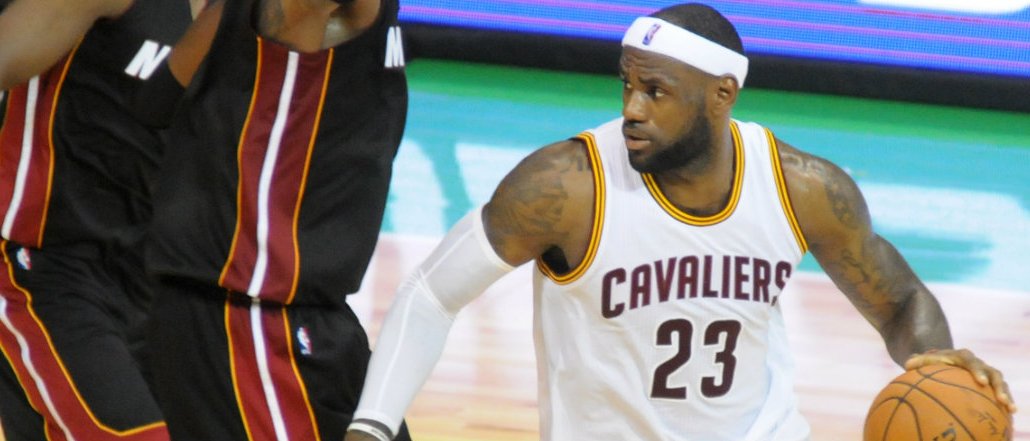Authenticity and immediacy: Why USA Today’s FTW uses Facebook live video

With Facebook live video, even Web-only sports sites are getting a taste for broadcast.
During the NBA All-Star Weekend earlier this month, USA Today viral sports site FTW used Facebook live video to give readers a court-side view of the two weekend’s games and NBA stars. It talked to Minnesota Timberwolves guard Zach LeVine about winning the slam-dunk contest, interviewed Dikembe Mutombo and made bets with Charles Barkley about how players would perform during the All-Star game. The six streams, which were all two to five minutes long, got hundreds of viewers while they were live and 60,000 views afterwards.
It’s early days so comparisons are hard to come by, but other publishers that have done live video include Fusion, which had 7,000 live viewers and nearly 3.6 million views in a week. Facebook live video tends to get more comments and higher engagement than regular Facebook videos, according to data from Newswhip.
FTW, which never attempted to live stream with Meerkat or Periscope, has experimented with Facebook’s live streaming because the format “rivals the immediacy of television,” said Hemal Jhaveri, senior social media editor at USA Today. “It makes a lot of sense for sports because athletes always seem to be so inaccessible to fans, and this makes them feel less so. There’s something special about getting that unfiltered, authentic look at these stars.”
Jhaveri said that the NBA All-Star Weekend was a success overall. FTW is planning similar efforts around MLB spring training and the NFL’s Scouting Combine this month. Its next streams, though, will put a stronger focus on quality, which will improve how long viewers stick around, said Jhaveri.
Since Facebook opened up access to the streaming feature in January, publishers have been trying a variety of ways to use the tool. Fusion, for example, used it to stream live coverage of the Iowa caucuses, while Vox.com’s Ezra Klein has used it to broadcast commentary about the election overall.
The existence of Twitter’s Periscope and Meerkat means that publishers have no shortage of live video platforms to try out. But publishers say that they’re attracted to Facebook’s version because they already have an audience there. Facebook also notifies followers when a page is live streaming, which has helped publishers attract more viewers than they would get otherwise.
Ad position: web_incontent_pos1
“Our Facebook audience is more connected and more interested overall than our Twitter audience is. The posts tend to do better [on Facebook],” said Jhaveri. Another benefit: Facebook automatically archives its live videos, so users can easily catch up on streams that they missed. Facebook also shared FTW’s streams from its main sports account, which also increased engagement.
Facebook doesn’t have it all figured out, however. One of Facebook live video’s biggest limitations is its lack of comprehensive viewing analytics. The only way to know how many viewers a stream gets at one time is to keep an eye on the stream itself.
Jamie Mottram, director of content development at USA Today, said that that’s an issue, but a small one compared to the benefits of Facebook live video overall. “We’re confident that we’re reaching an engaged audience there,” he said.
More in Media

NewFronts Briefing: Samsung, Condé Nast, Roku focus presentations on new ad formats and category-specific inventory
Day two of IAB’s NewFronts featured presentations from Samsung, Condé Nast and Roku, highlighting new partnerships, ad formats and inventory, as well as new AI capabilities.

The Athletic to raise ad prices as it paces to hit 3 million newsletter subscribers
The New York Times’ sports site The Athletic is about to hit 3 million total newsletter subscribers. It plans to raise ad prices as as a result of this nearly 20% year over year increase.

NewFronts Briefing: Google, Vizio and news publishers pitch marketers with new ad offerings and range of content categories
Day one of the 2024 IAB NewFronts featured presentations from Google and Vizio, as well as a spotlight on news publishers.
Ad position: web_bfu